-
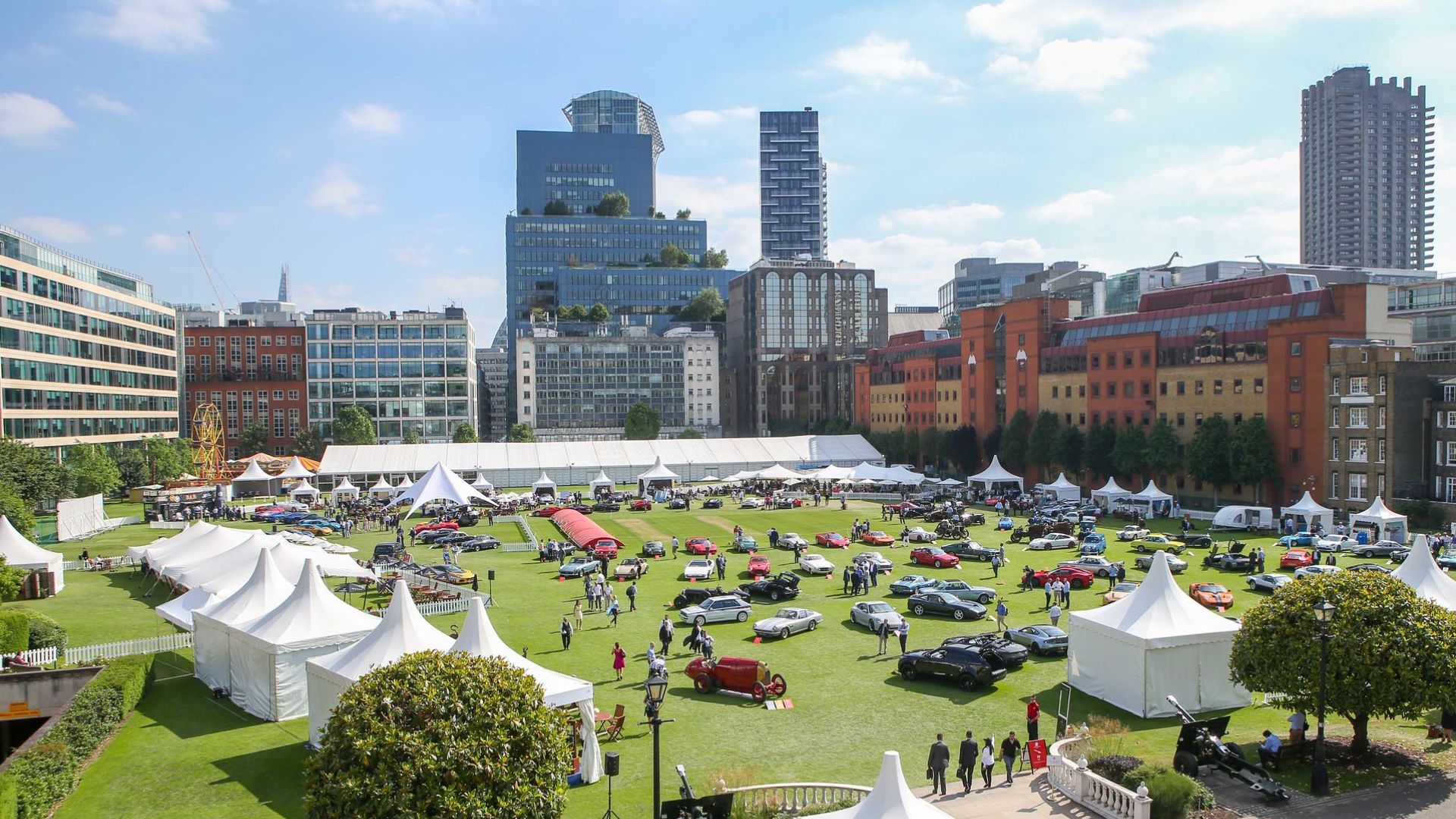
Summer in the city
© London ConcoursLondon Concours is an automotive garden party hosted in the heart of the capital. From 6-8 June 2023, the grounds of the Honourable Artillery Company will play host to nearly 100 high-end classics and supercars. Here, we reveal a few of the exotic highlights – and some of the quirkier cars, too.
-
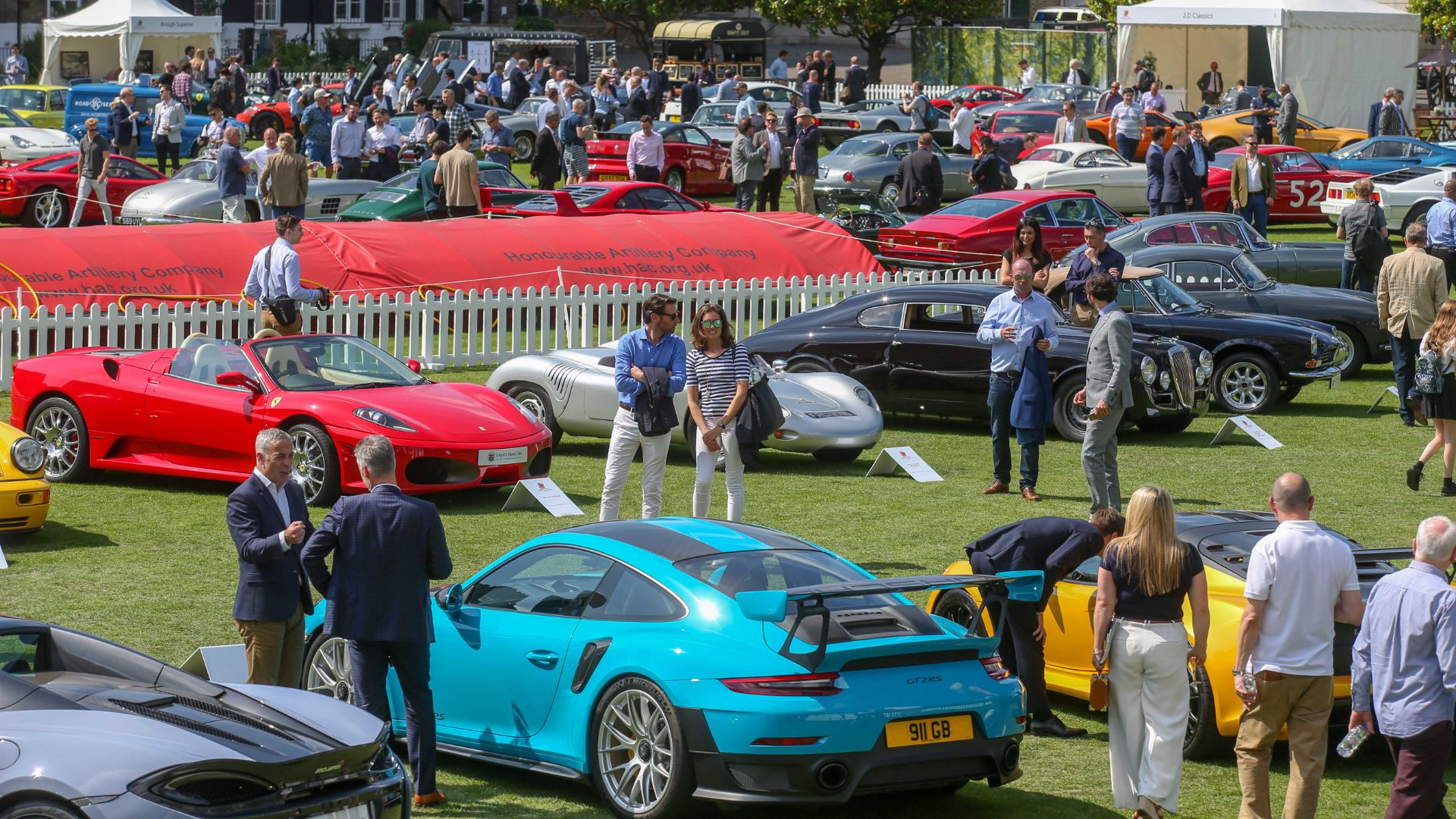
London Concours: three distinct days
© London ConcoursPlanning a visit? It’s worth noting that London Concours runs over three days. Tuesday 6 June is the Awards and VIP Day, where class winners will be announced at the evening cocktail party. On Wednesday 7 June, the themes are Style in the City and Celebrating an Icon: Porsche RS. It’s an opportunity to dress your best and ogle no less than 50 Porsches with a Rennsport badge. And Thursday 7 June is Supercar Day, when the event pays homage to Bugatti, Ferrari, Lamborghini, McLaren and more.
-
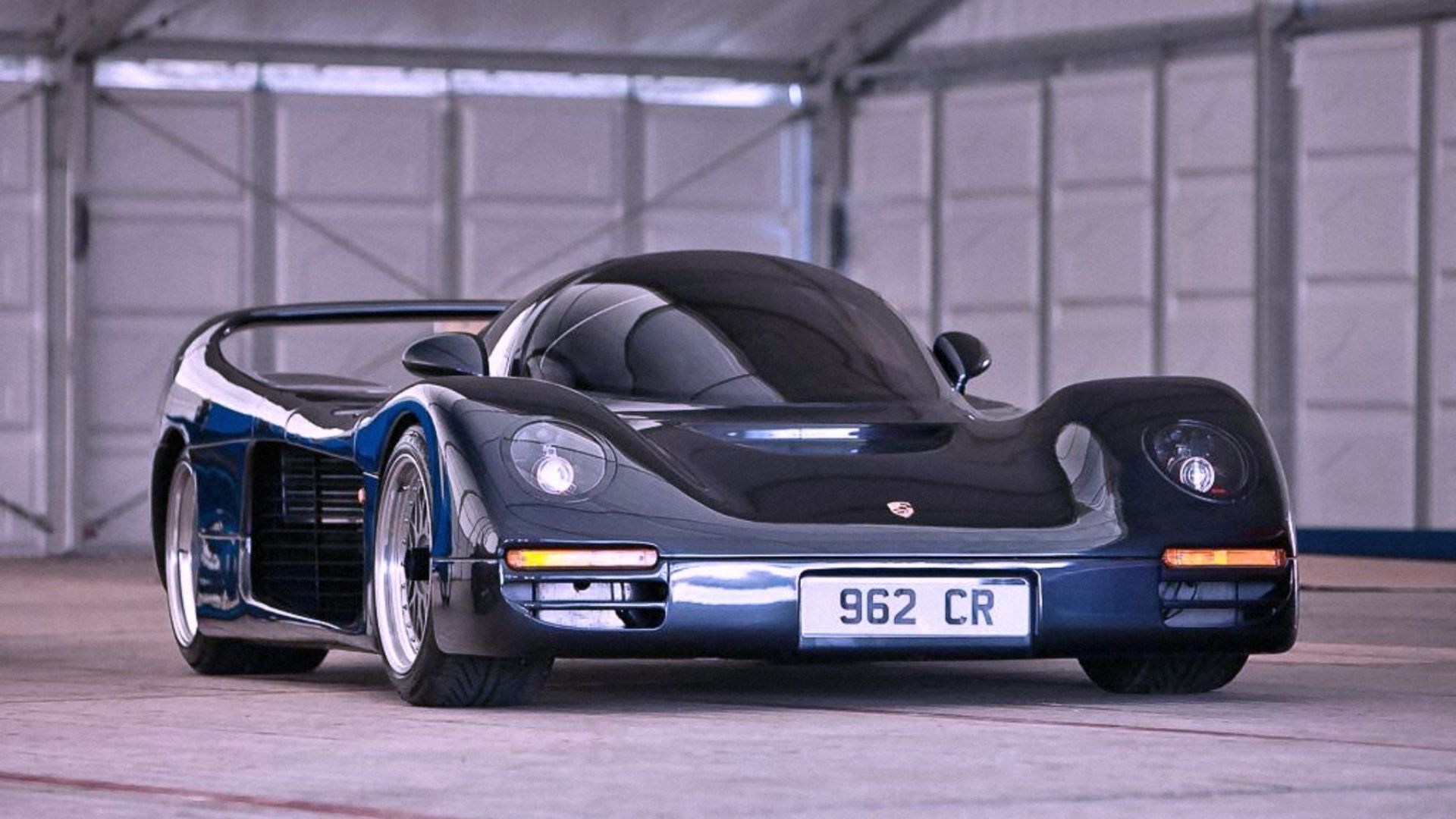
Schuppan 962CR P1
© London ConcoursIn the 1980s, Group C endurance racing captured the hearts of motorsport enthusiasts around the world – and numerous roadgoing projects followed. Among the most famous is the Schuppan 962CR. Based on the Porsche 956/962, the plan was to use a Reynard carbon fibre chassis with bodywork styled by Mike Simcoe. Sadly, financial woes meant that just six cars were built.
This was the project’s development prototype, which sprang from a racing car that had competed at Le Mans in 1990. It later entered private ownership, spending time in France before coming back to the UK, where it has been fully refurbished and retrimmed.
-
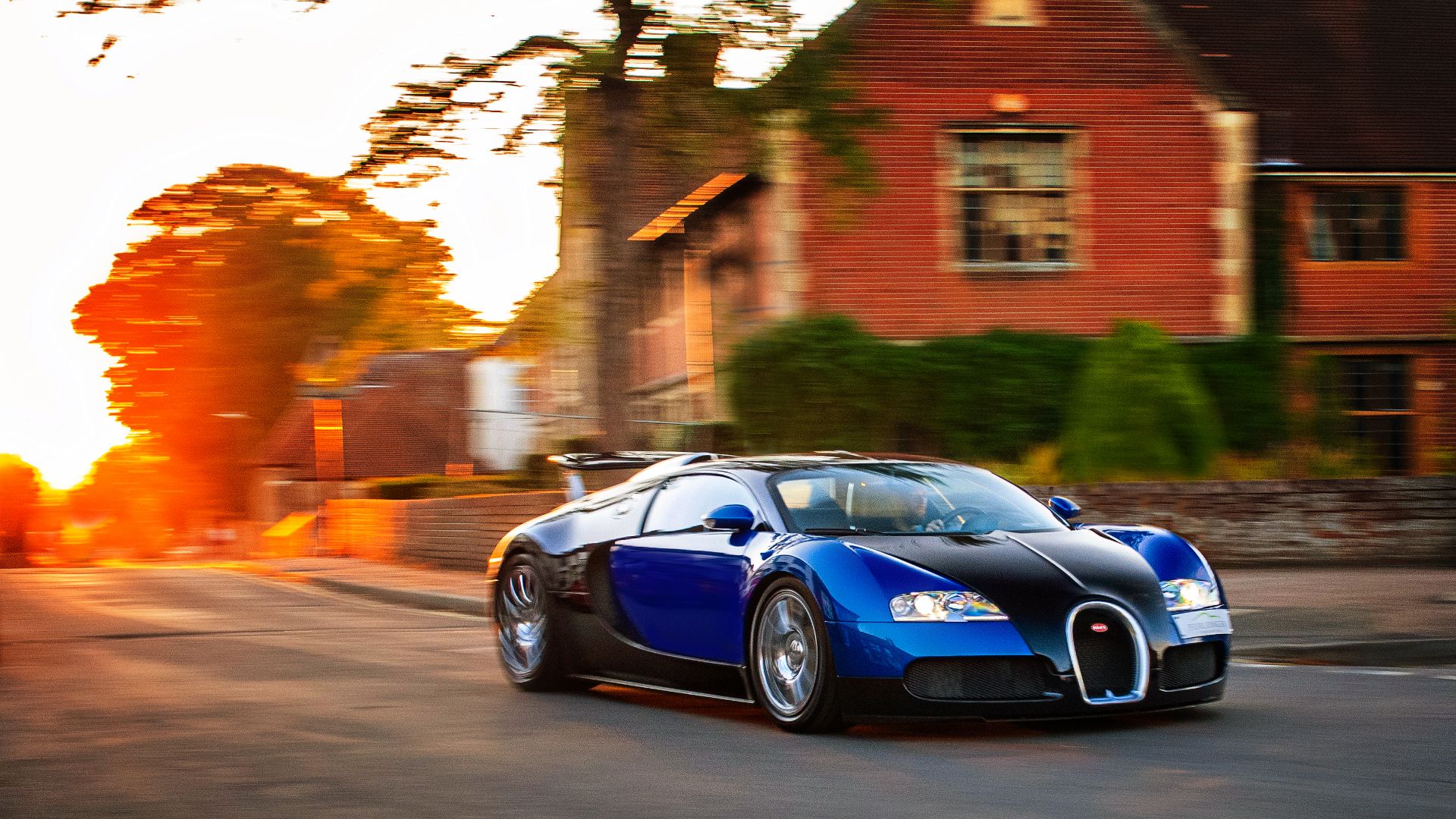
Bugatti Veyron Grand Sport Vitesse WRC
© London ConcoursFew cars have shaken the foundations of the motoring world quite like the Bugatti Veyron – the world’s fastest car when launched, yet luxurious and comfortable enough to drive every day.
In 2012, Bugatti revealed the Grand Sport Vitesse, a targa-topped Veyron with 1,200hp and 1,106lb ft of torque: good for 0-62mph in 2.6 seconds and an electronically limited top speed of 233mph. This is one of eight WRC (World Record Car) editions. It immediately became the fastest roadster on the planet.
-
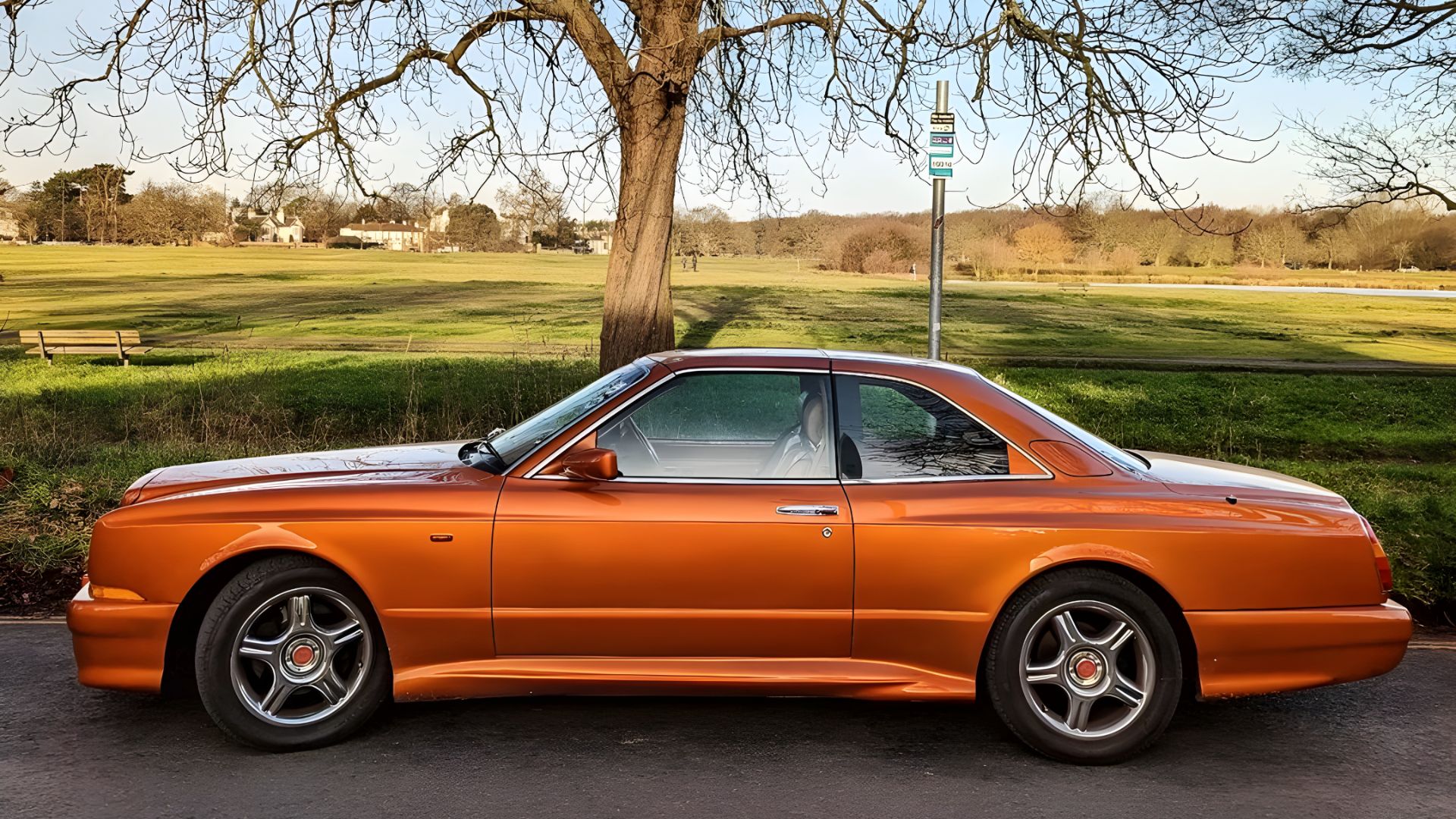
1999 Bentley Continental Sedanca Coupe
© London ConcoursFirst launched in 1991, the Continental R was continually developed for a decade. The Sedanca Coupe (SC) version paid homage to Bentley’s past, with lift-out glass roof panels. Bentley built a mere 73 SCs, while its Mulliner coachbuilding division made a further six. Only two examples were this colour, with this particular car used by Bentley for marketing (spot it in contemporary videos on YouTube).
-
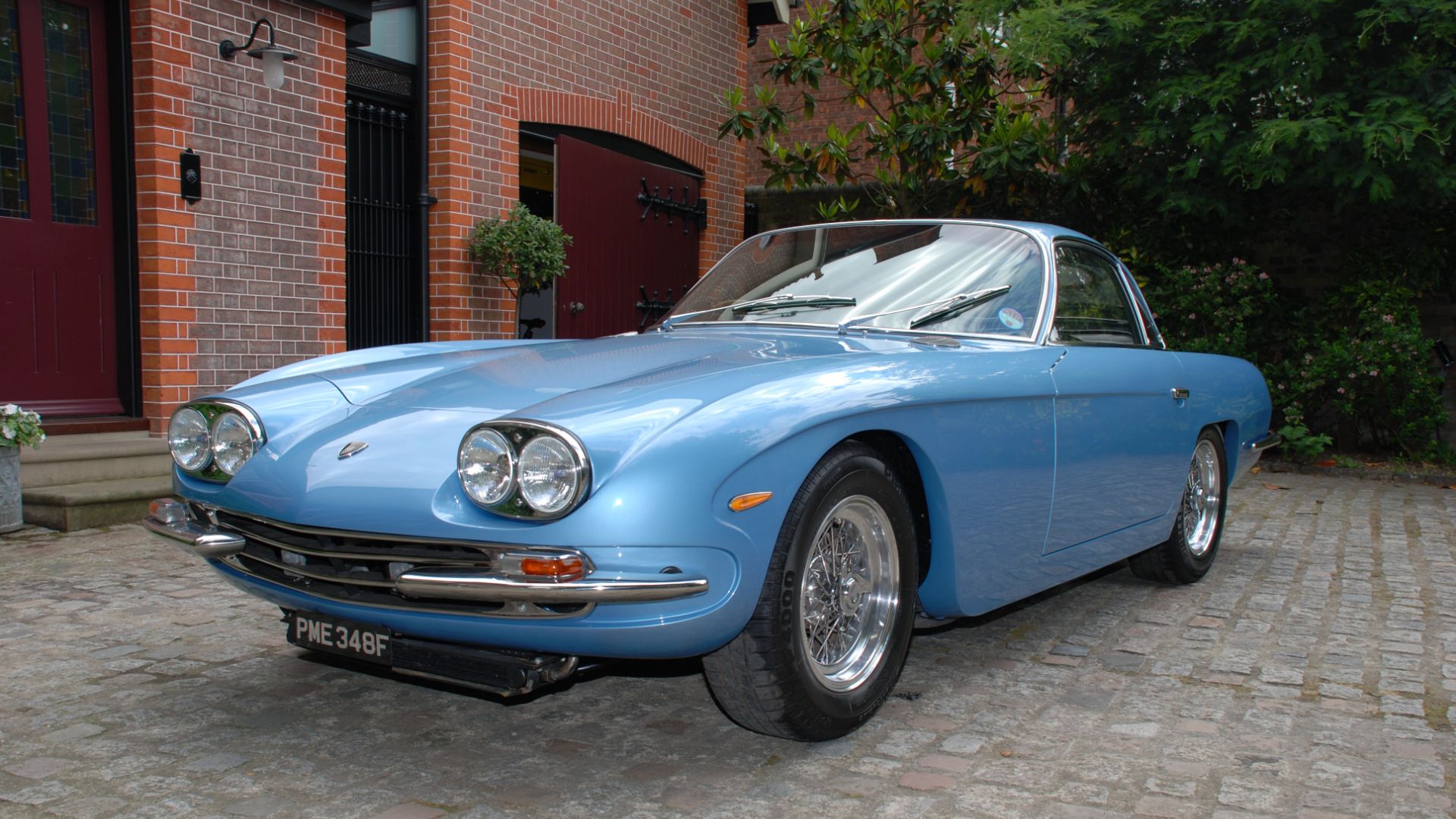
1968 Lamborghini 400GT 2+2
© London ConcoursThe 400GT 2+2 was the final evolution of the original Lamborghini 350GT, although it was markedly different to earlier cars. While the bonnet and boot lid were still made from alloy, the body was mostly steel. There was also a higher roofline to accommodate the 2+2’s occasional rear seats, along with twin headlamps.
The V12 engine was enlarged to 3,929cc, increasing power to 320hp – sufficient for 0-60mph in 7.5 seconds and a top speed of 156mph. Fewer than 250 examples of the 400GT 2+2 were built, and the car displayed at London Concours (chassis no. 01342) is one of only nine right-hand-drive vehicles converted by specialist Hooper under licence from Lamborghini.
-
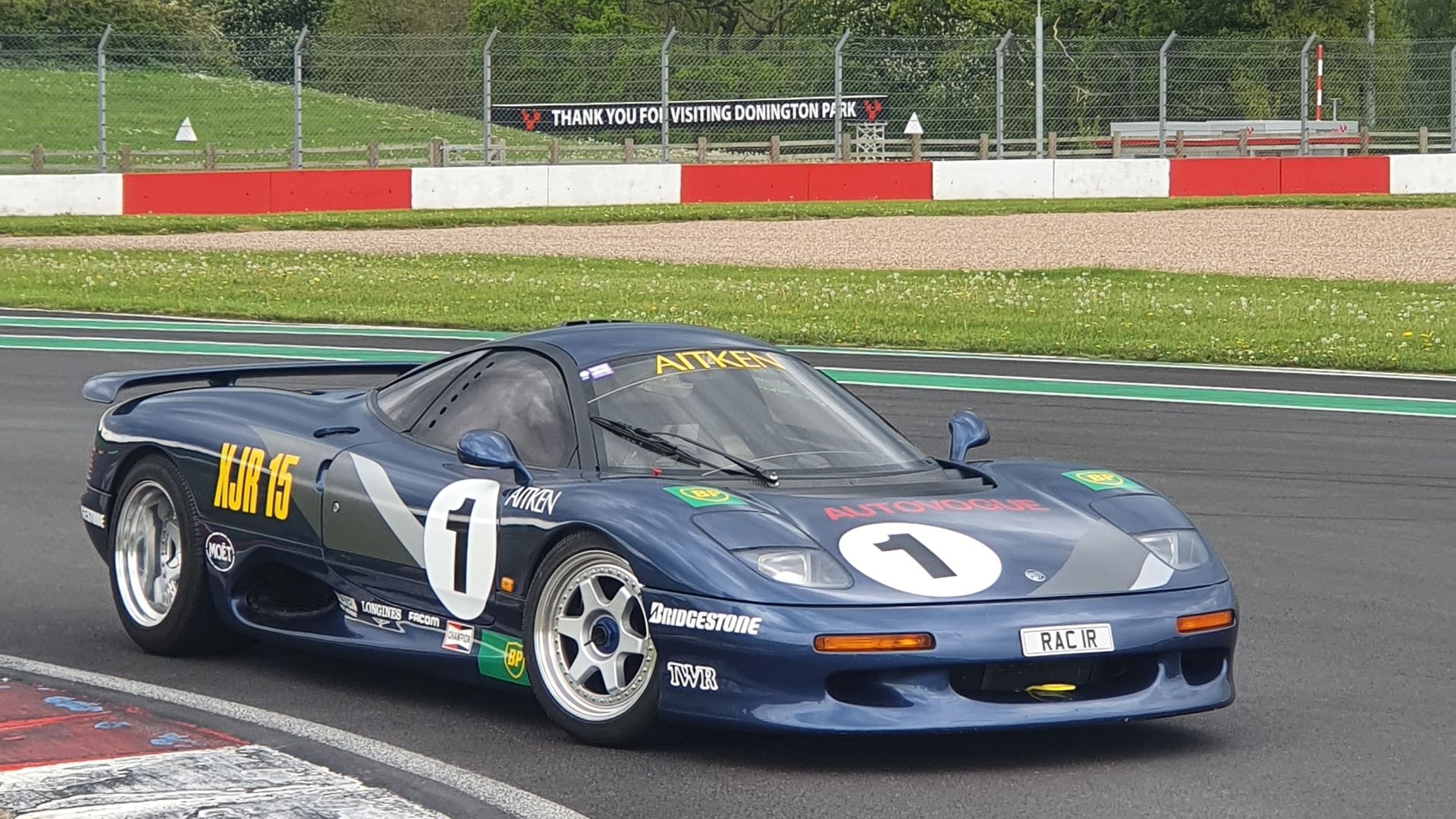
1991 Jaguar XJR-15
© London ConcoursBased on the Le Mans-winning XJR-9, the XJR-15 was Tom Walkinshaw Racing’s response to the Jaguar XJ220. Styled by Peter Stevens, it was the world’s first Kevlar and carbon fibre production car.
Just 53 XJR-15s were built. This example remains in original condition, having covered less than 1,000 miles from new. It can sprint to 60mph in 2.8 seconds and top out at 205mph.
-
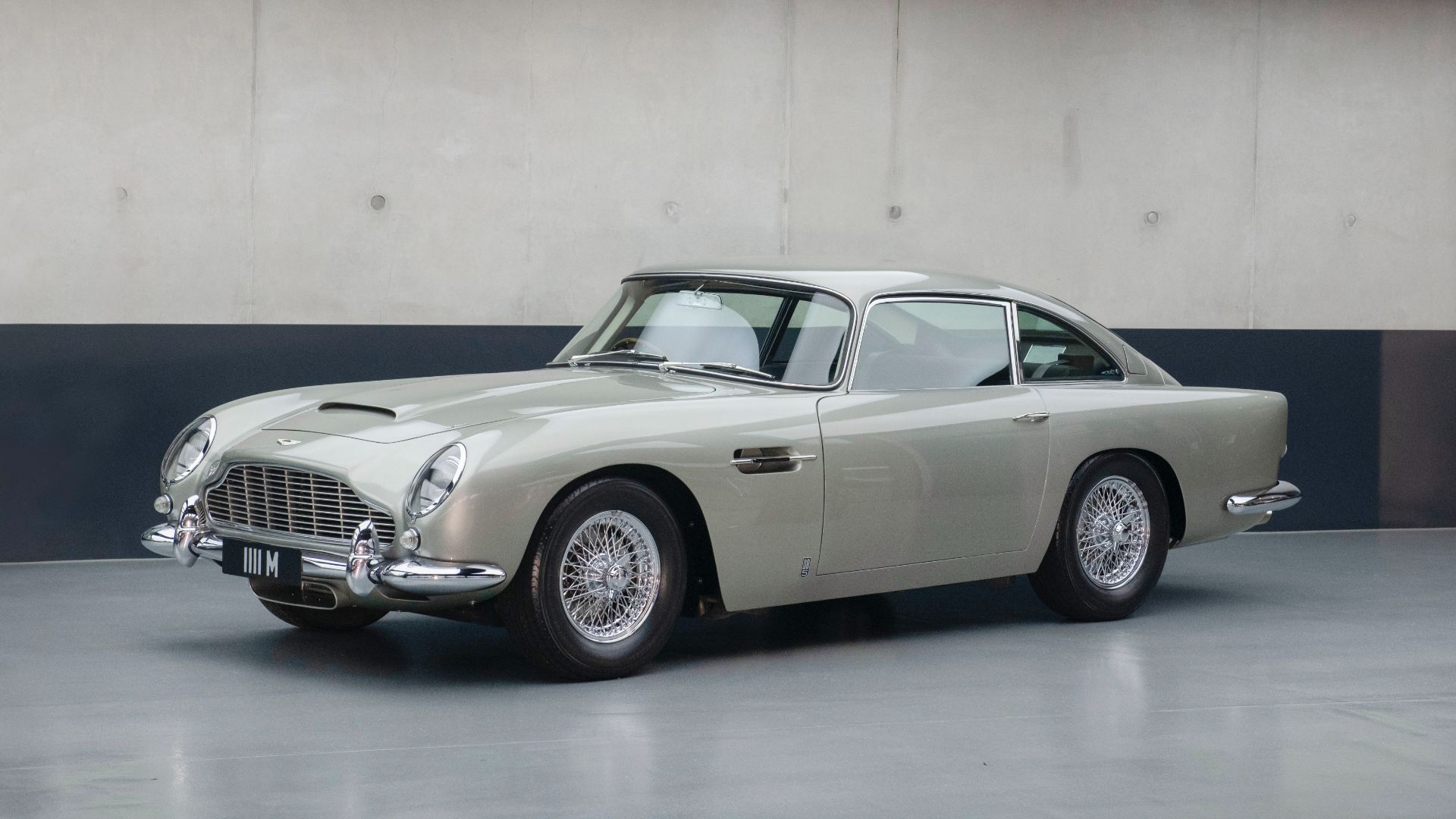
1964 Aston Martin DB5 Vantage
© London ConcoursThe DB5 might be closely associated with a certain secret agent, but it stands up as a beautiful, engaging GT car in its own right. Vantage models boasted revised camshaft profiles and three Weber carburettors to muster 325hp – significantly more than the standard DB5.
This Vantage was supplied in 1964 with a Pale Primrose exterior and black Connolly leather. It stayed in Dorset for years before moving to France in 1987. It was then painted blue, but on its return to the UK in 2017 it was given a no-expense-spared restoration, including a respray in 007-spec Silver Birch. Also fitted were a 4.2-litre engine upgrade, air conditioning and power steering.
-
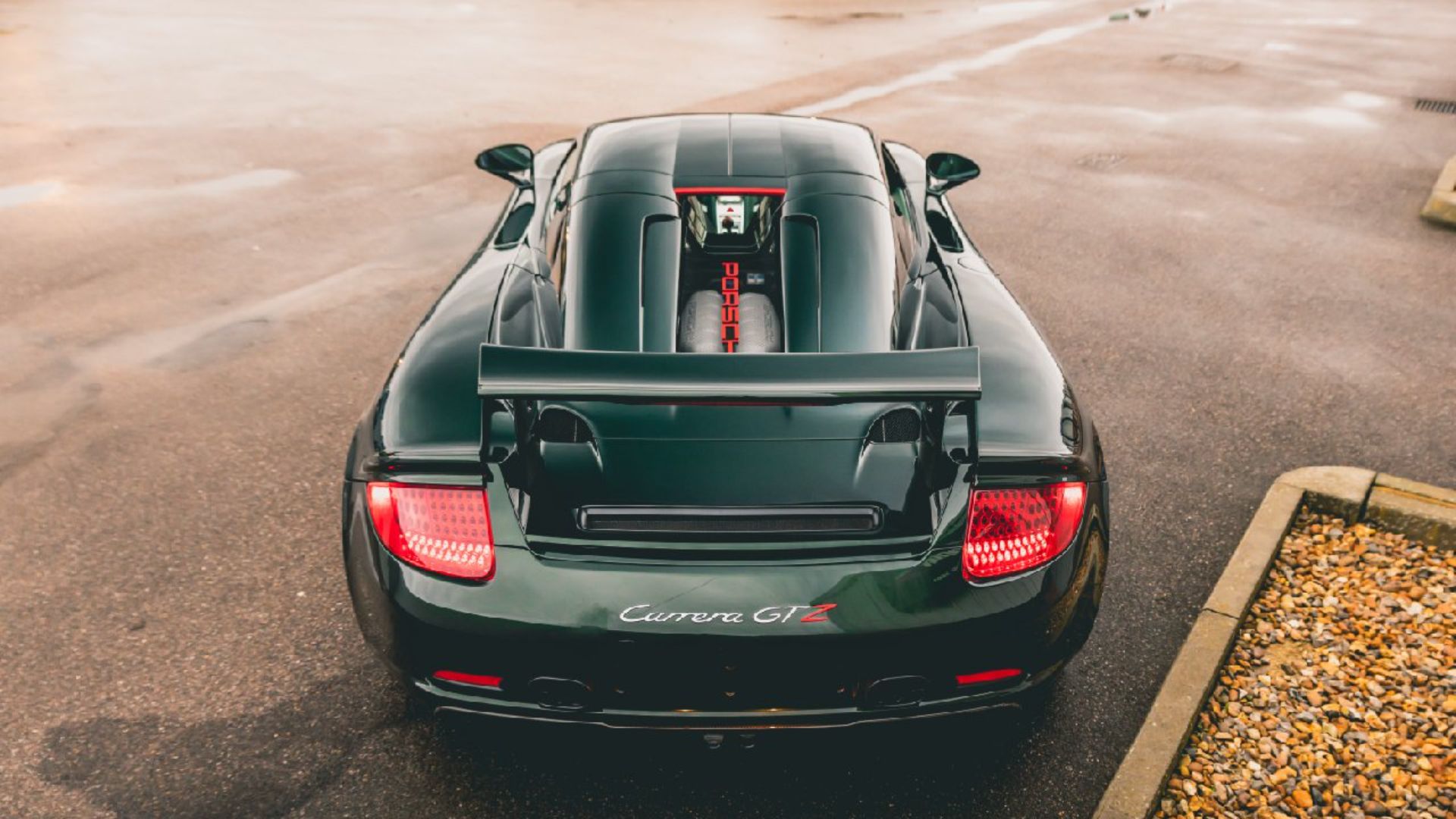
Porsche Carrera GT Zagato
© London ConcoursThe 707th Carrera GT to roll out of the factory gates, this Porsche was originally supplied new to the German market. In 2019, it was sent by the current owner to Zagato in Italy, where it was converted to GTZ spec, including new body panels and bespoke trim.
Zagato projects are typically produced with blessing from the original manufacturer, and this car remains mechanically standard, albeit with a slight weight saving. The unique paint colour was mixed to complement its green interior leather.
-
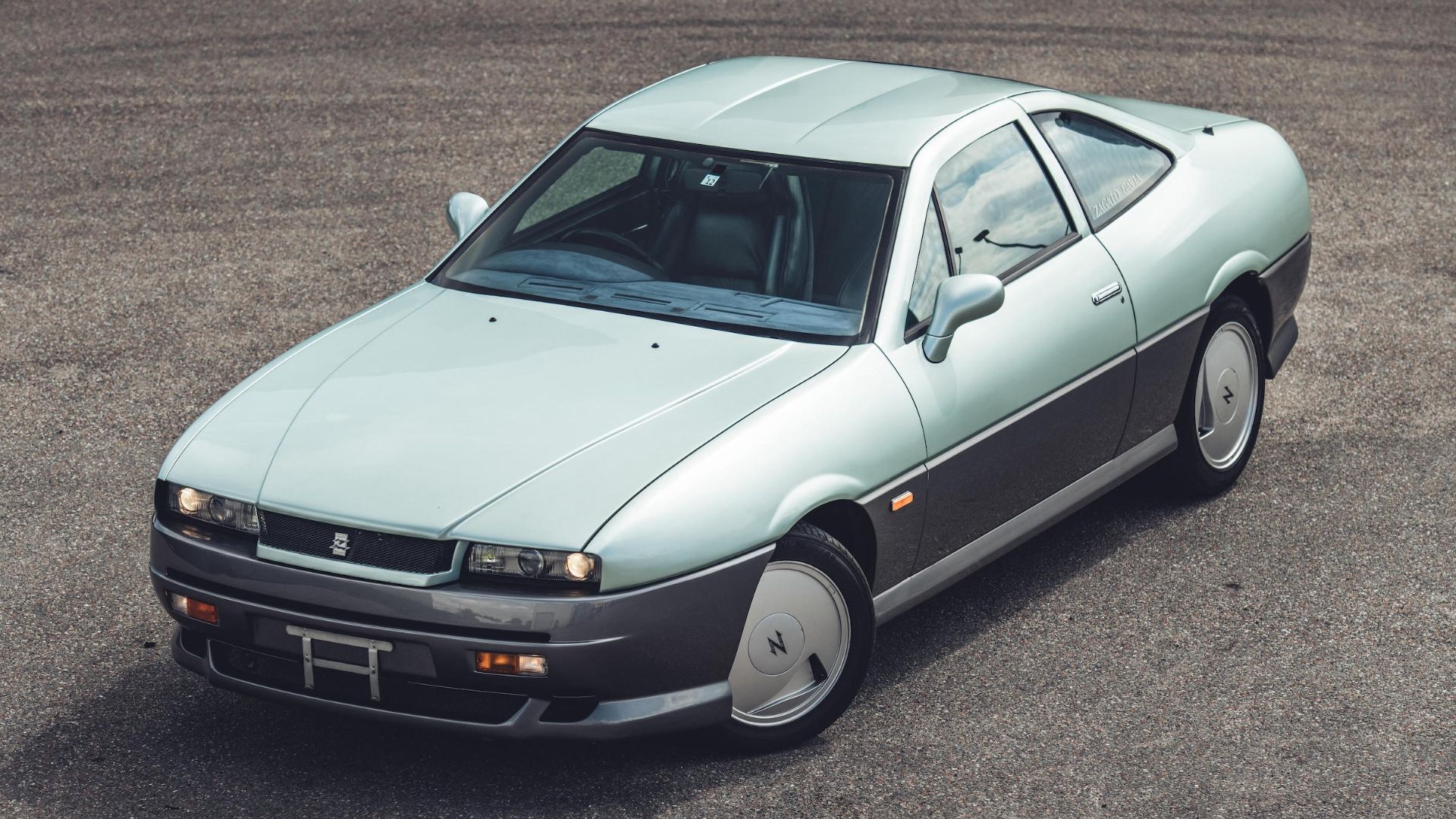
Autech Gavia Zagato
© London ConcoursThis is one of just 16 Gavias built in collaboration between Zagato and Autech, the special operations division of Nissan. Based on the Nissan Leopard, the Gavia was powered by a turbocharged 3.0-litre engine making 280bhp (and more commonly found in the 300ZX).
The low-drag body was hand-formed in aluminium. Only Zagato badges can be found on the car, in addition to a single Gavia script on the boot. One of its most unusual features are the disc-type wheel covers, which are ducted to enable access to the valve stems. This car spent most of its life in Japan, where it was originally two-tone cream over bronze. It first arrived in the UK around 10 years ago.
-
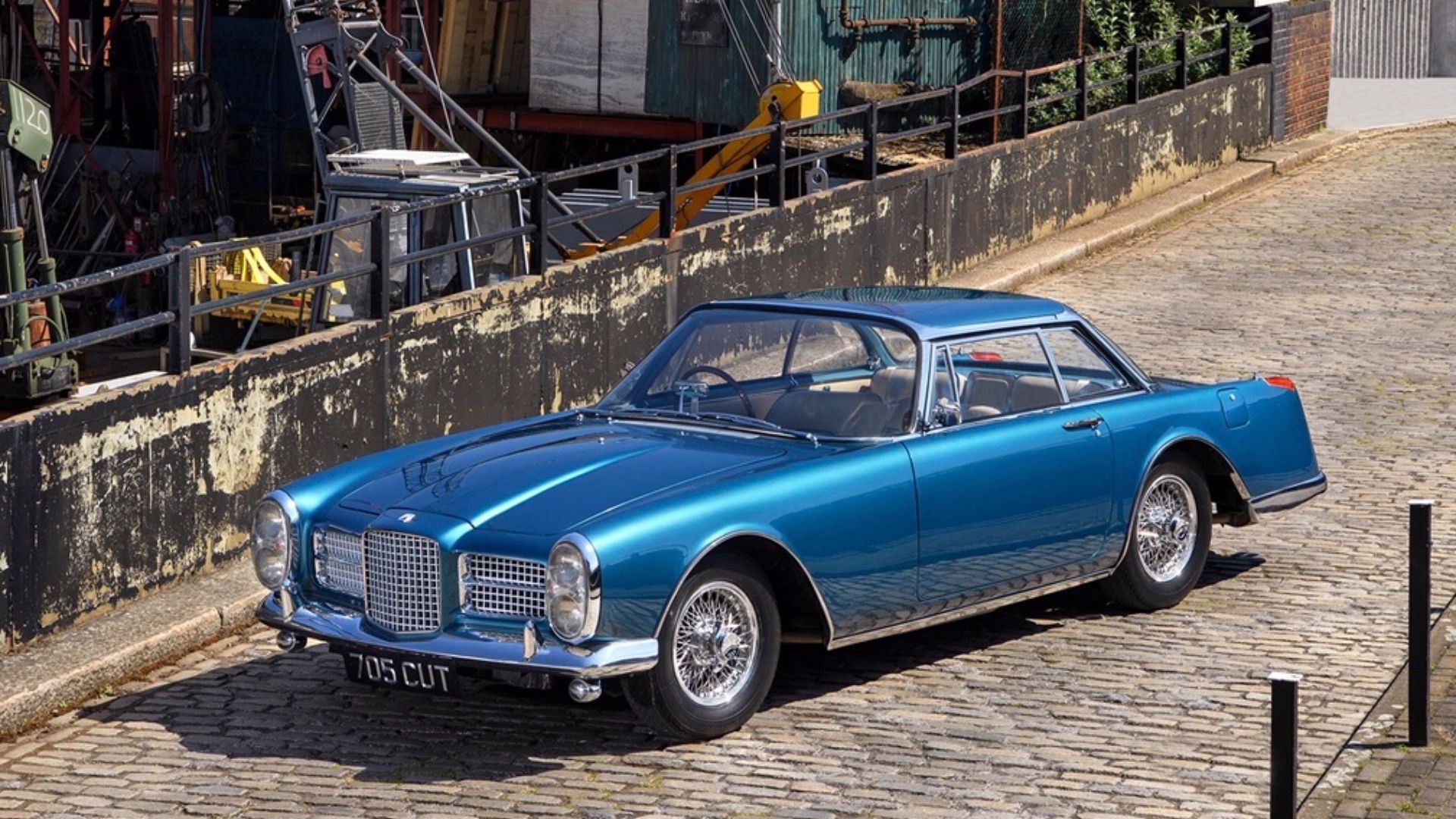
Facel Vega Facel II
© London ConcoursThis is one of two right-hand-drive High Output Facel IIs built with the larger 6,765cc Chrysler V8 engine and manual gearbox. This example’s first owner was Sir Arthur Frederick Wheeler, whose father sold war loans to finance the First World War. The other was bought new by Ringo Starr.
First shown at Earls Court in 1962, the car went through a couple of owners before being laid up in 1967. There it stayed for 30 years, until its new owner commenced a major restoration with a London-based specialist. This very special French car has covered a mere 800 miles since then.
-
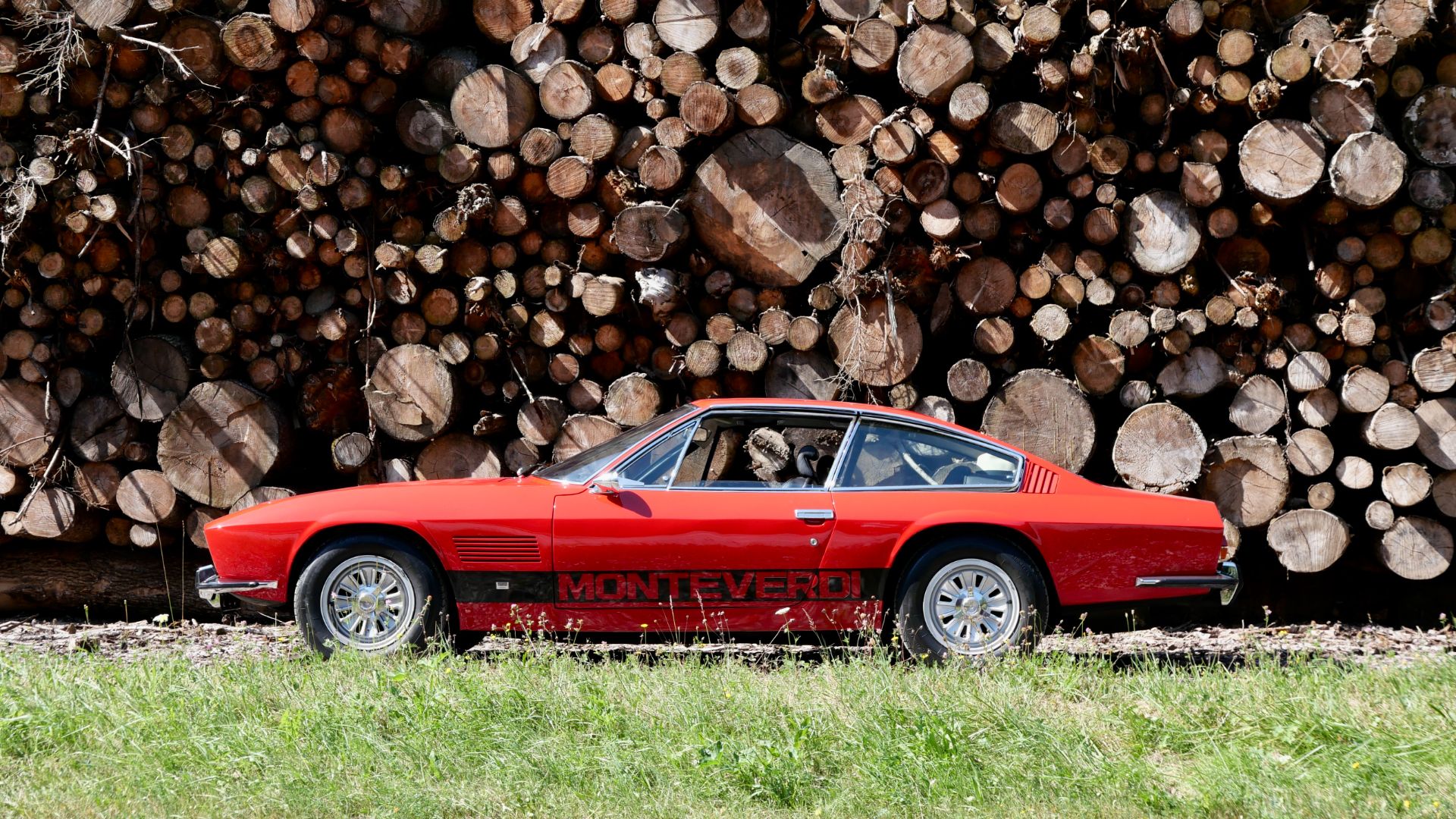
1971 Monteverdi 375L High Speed Fissore
© London ConcoursSwiss Ferrari importer Peter Monteverdi fell out with Enzo Ferrari over the need to buy 100 cars upfront in 1965 – so he set out to build the reliable luxury GT his customers wanted. The result was the 375L High Speed, with its Fissore-built body clothing a 375hp 7.2-litre Chrysler V8.
This particular car, number 54 of around 80 built, was sold new to the owner of a German radio and TV company. It spent some years in a Swiss collection before being acquired by a British expat in Switzerland. Now located in the UK, it wears Hai 450 GTS-style red-over-black paint.
-
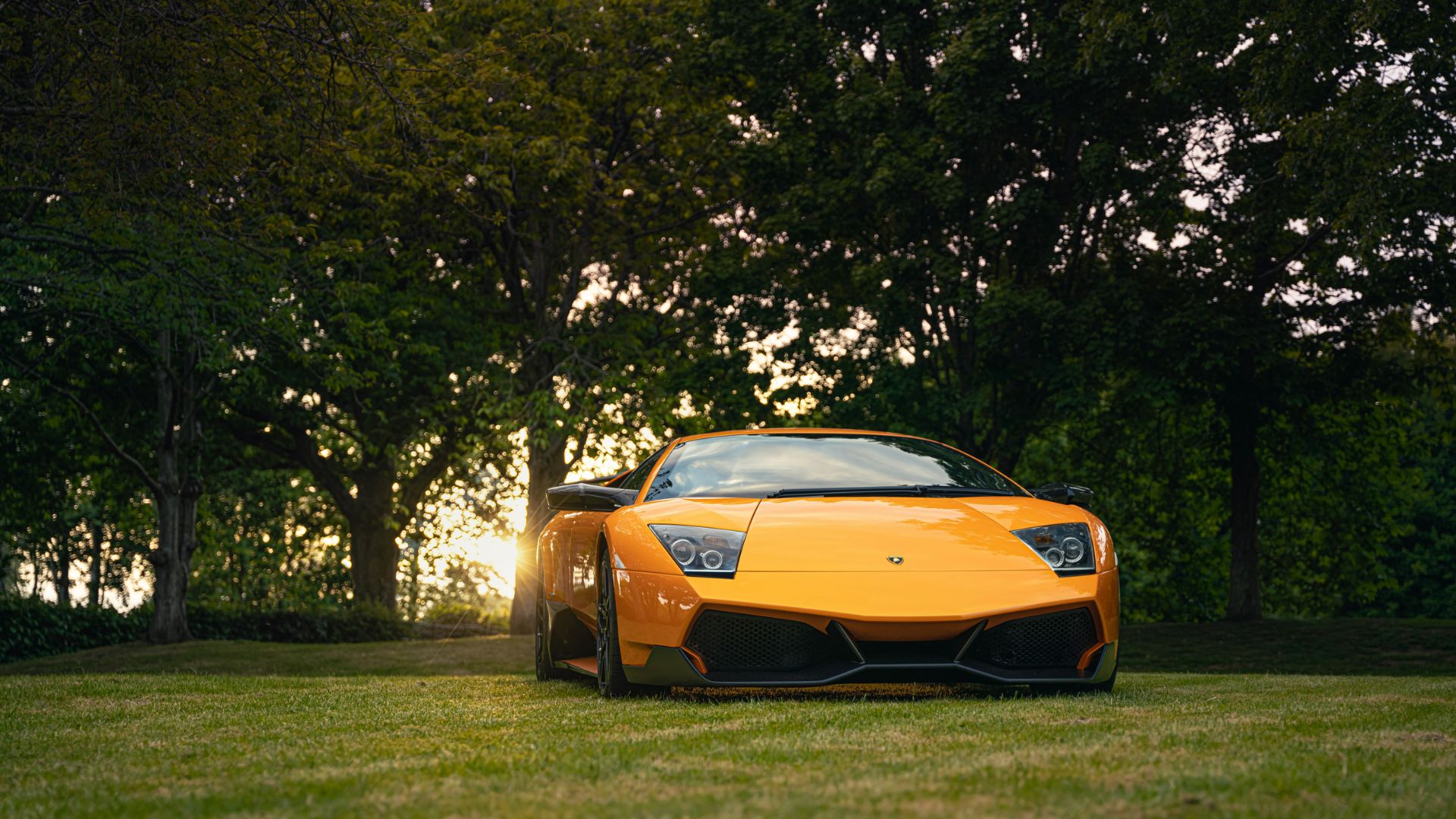
Lamborghini Murcielago SV
© London ConcoursThis curtain call for the Murcielago also housed the final iteration of Lamborghini’s original V12, designed by the late Giotto Bizzarrini. It represented a welcome return for the SV (Super Veloce) name, first seen on the Miura. Here, the 6.5-litre engine pushes out 670hp at 8,000rpm, to deliver 0-60mph in 3.1 seconds and 0-100mph in 7.2 seconds.
Such mind-warping performance was complemented by extensive aero, plus larger air intakes to improve brake cooling. The Murcielago’s exhaust was also redesigned, its interior was trimmed in Alcantara and weight-saving carbon fibre was used extensively throughout the car. Of the 250 examples built, just six came to Britain. This is one of three UK survivors, in Arancio Atlas paint with Nero Alcantara trim. It has the high wing and small SV sticker pack.
-
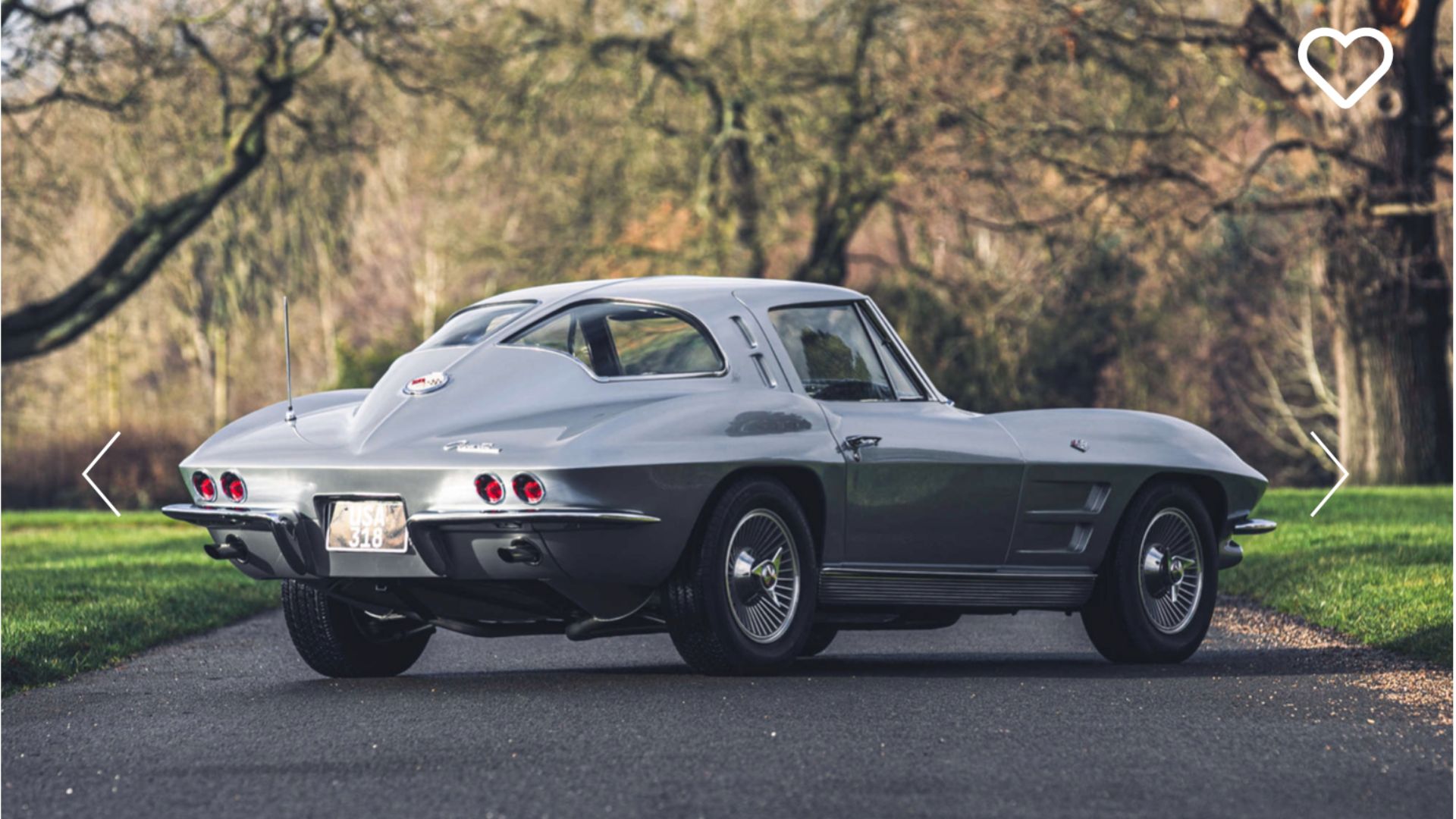
Chevrolet Corvette C2 Stingray
© London ConcoursChevrolet produced the split-window version of the ‘C2’ Corvette Stingray for one year only. Of the 10,594 car built, comparatively few remain – and even fewer on UK soil.
This restored Corvette is also unusual for having a manual gearbox. It first landed in the UK in 2018, courtesy of an enthusiast determined to find the best ’63 C2 he could. He enlisted the help of marque guru Andy Cannizzo, known as ‘Mr 63’, who located this car in Minnesota.
-
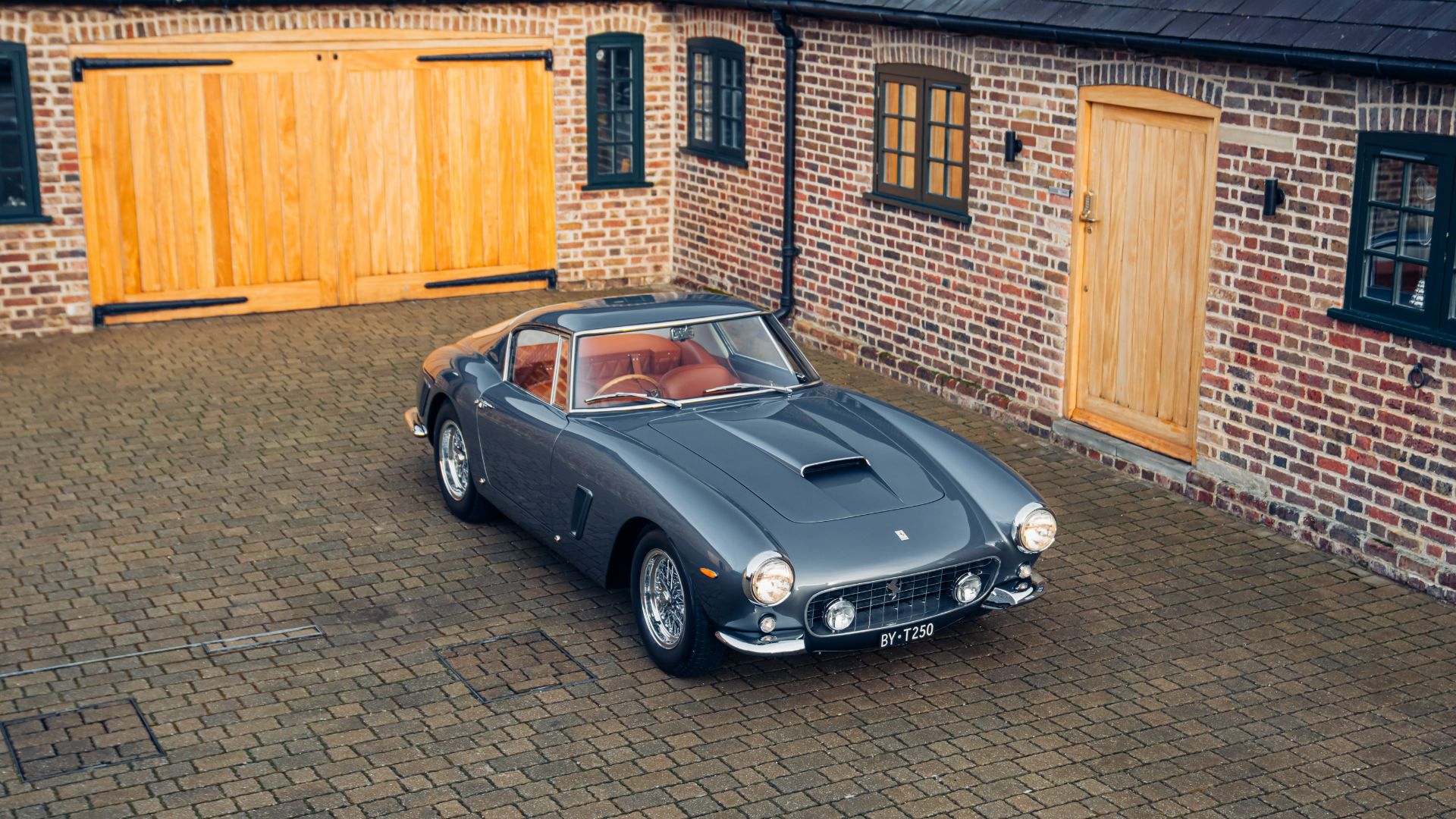
Ferrari 250GT SWB
© London ConcoursCombining the efforts of Carlo Chiti, Giotto Bizzarrini and a youthful Mauro Forghieri, the 250GT SWB was the sports racing car to beat in the early 1960s. Only 176 examples were built, with a mixture of aluminium and steel bodies, plus power from the famous ‘Colombo’ 3.0-litre V12 engine. It was the first Ferrari road car to feature disc brakes.
This is the last right-hand-drive steel-bodied car, although it was first delivered to the US. Only in the 1990s did it finally come to the UK. In 2019, DK Engineering fitted a GTO Engineering-supplied racing-spec rear axle.
-
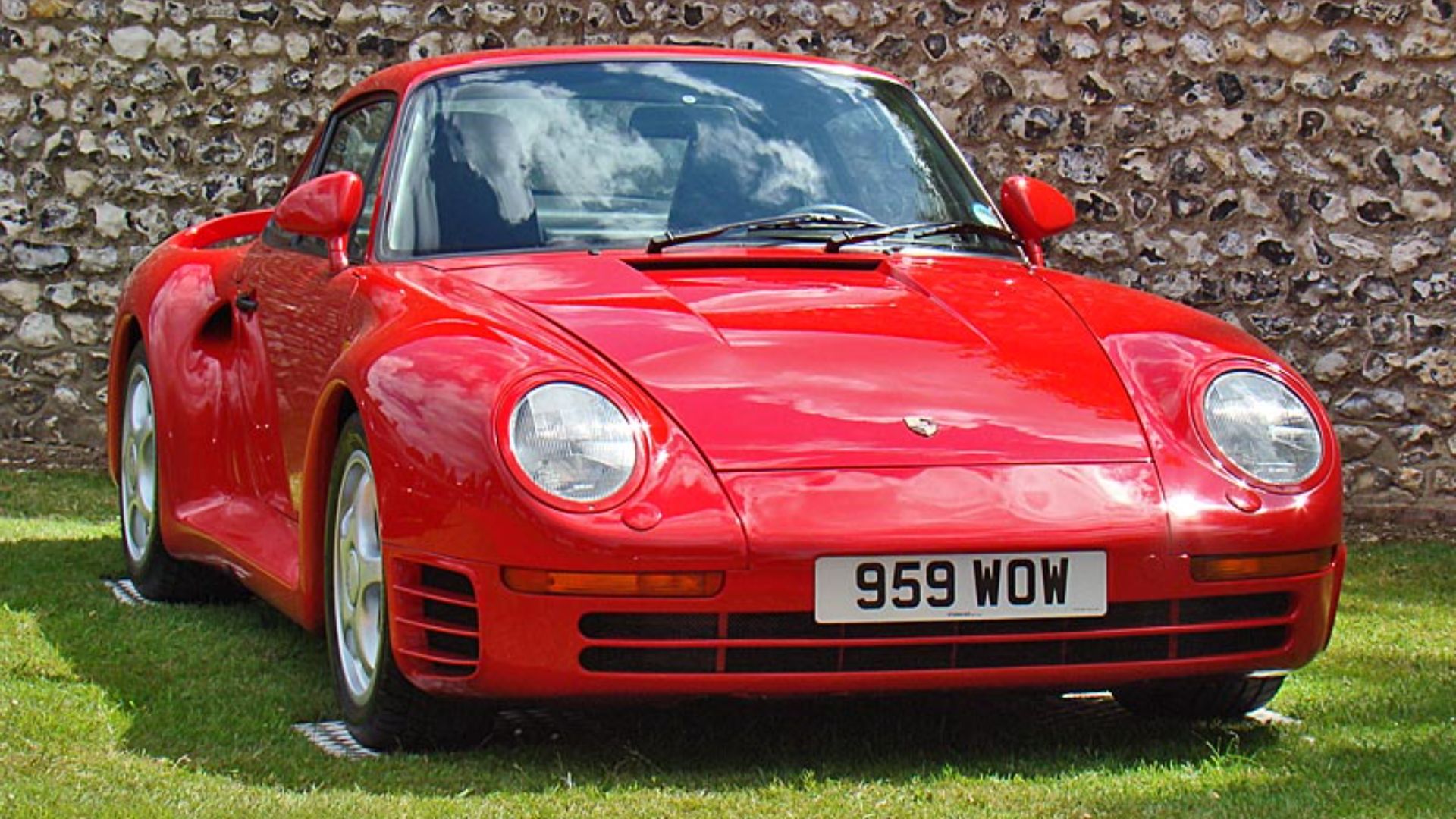
Porsche 959 Komfort
© London ConcoursIn early 1981, newly installed Porsche boss Peter Schutz asked his development team to see how far the 911’s rear-engined layout could be pushed, with help from four-wheel drive and exotic materials. Group B rallying rules appeared at the just right time to help to develop the 959 prototypes, too.
This car is one of the last eight 959s, built four years after main production had ceased. Throughout 2018 and 2019, the car was treated to a major mechanical overhaul at Porsche Classic in Stuttgart.
-
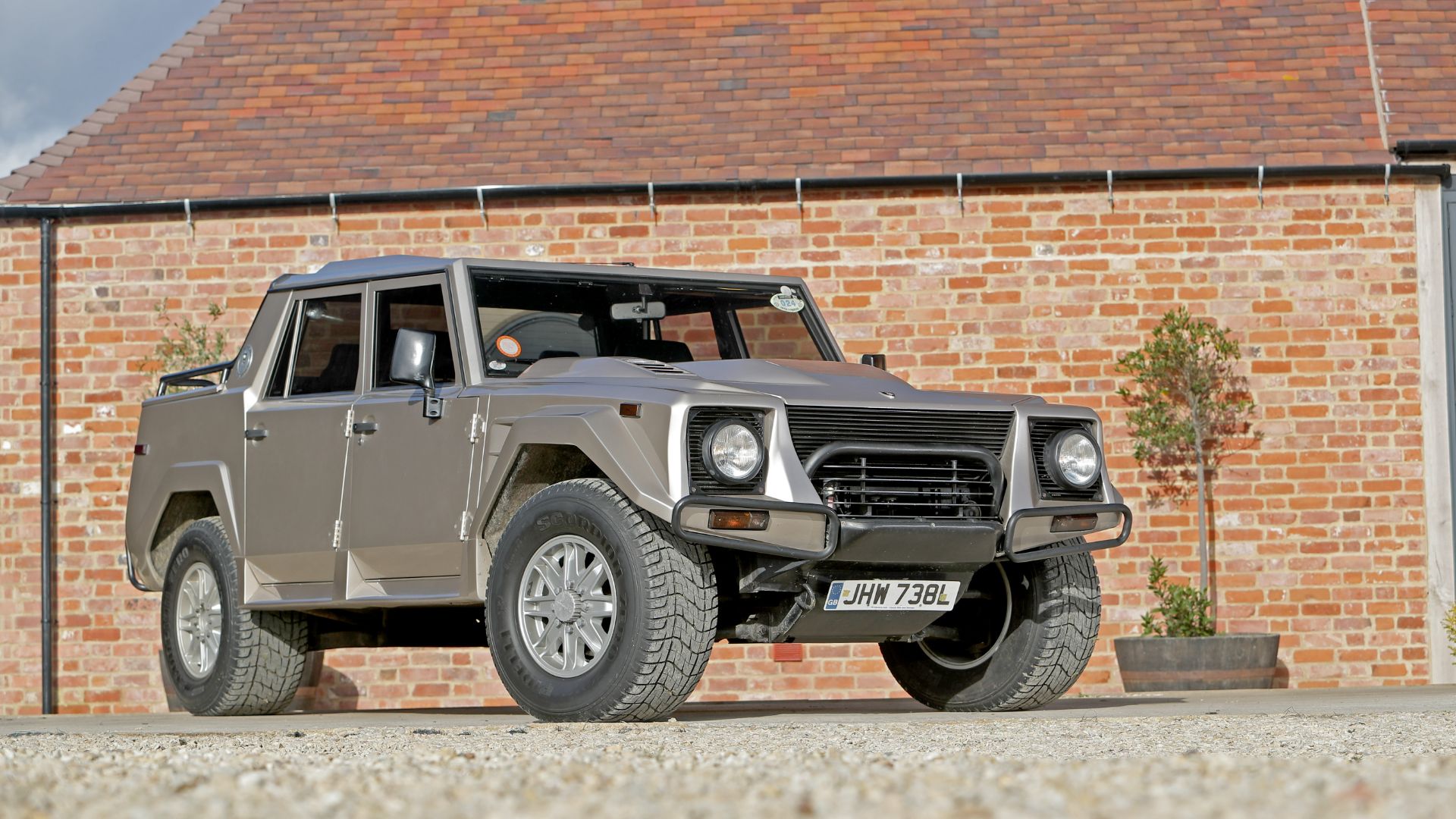
Lamborghini LM002
© London ConcoursBorne out of a design tender from the US Army to produce an all-terrain military vehicle, the ‘Rambo Lambo’ marked a total departure for Lamborghini. With a front-mounted V12, go-anywhere four-wheel drive and brutal Marcello Gandini styling, the US military’s loss was Lamborghini’s gain.
Just 301 LM002s were built, Although the car’s origins were utilitarian, civilian versions featured full leather trim, tinted electric windows, air conditioning and a sound system with a roof-mounted console. This example is signed by legendary Lamborghini test driver, Valentino Balboni.
-
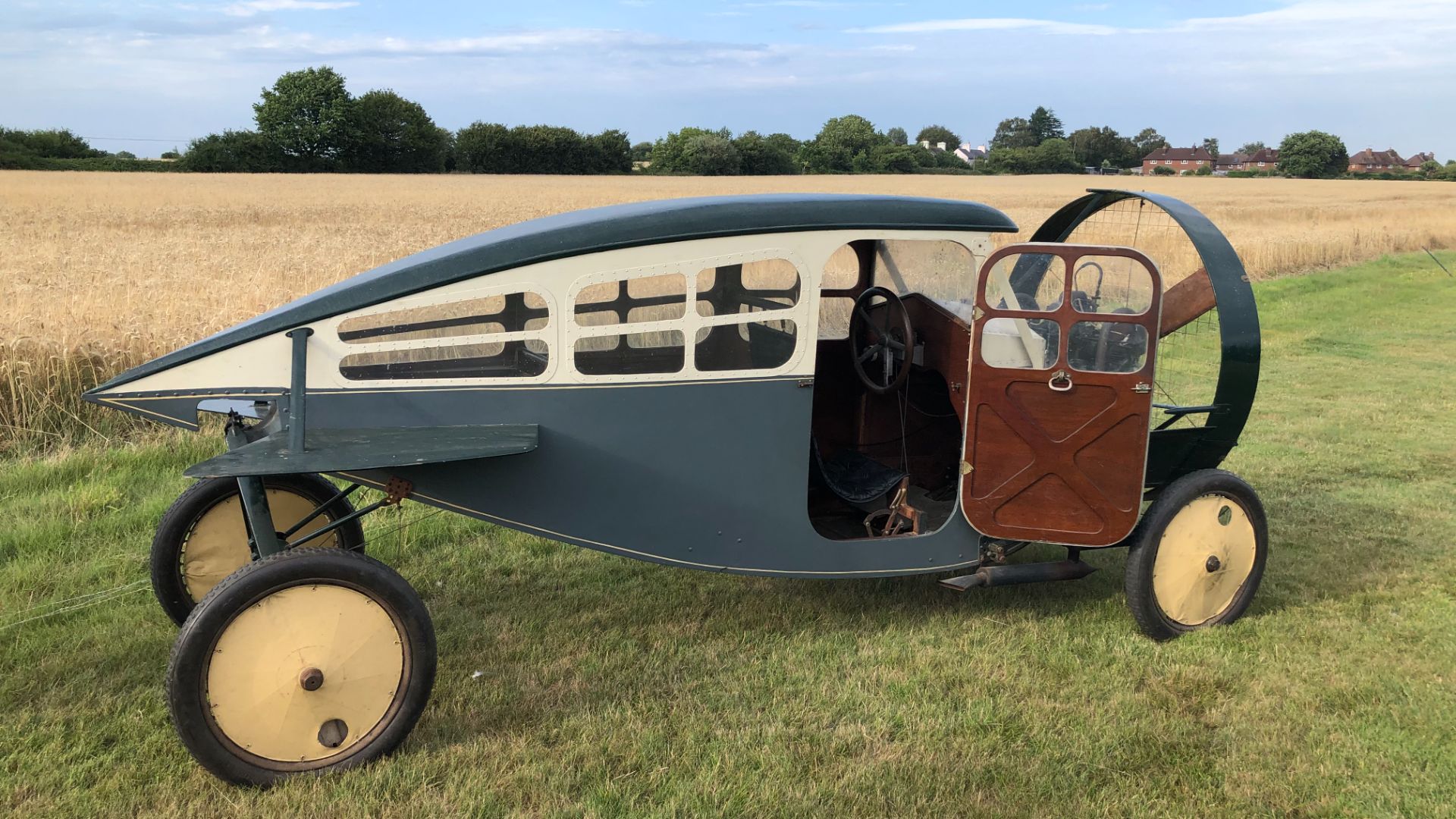
1921 Leycat Hélica
© London ConcoursFrenchman Marcel Leycat founded his automobile business back in 1919. As a pioneer aviator and engineer, he understood the importance of both aerodynamics and reducing weight. His radical Leycat Hélica has no transmission, rear axle or clutch, which meant greater reliability and reduced manufacturing costs.
Of the 30 cars made by Leycat, only two still exist – both of them still in France. This Hélica was copied from the original car, now in the Musée des Arts Métiers in Paris. It features an ABC Scorpion engine from 1921.
-
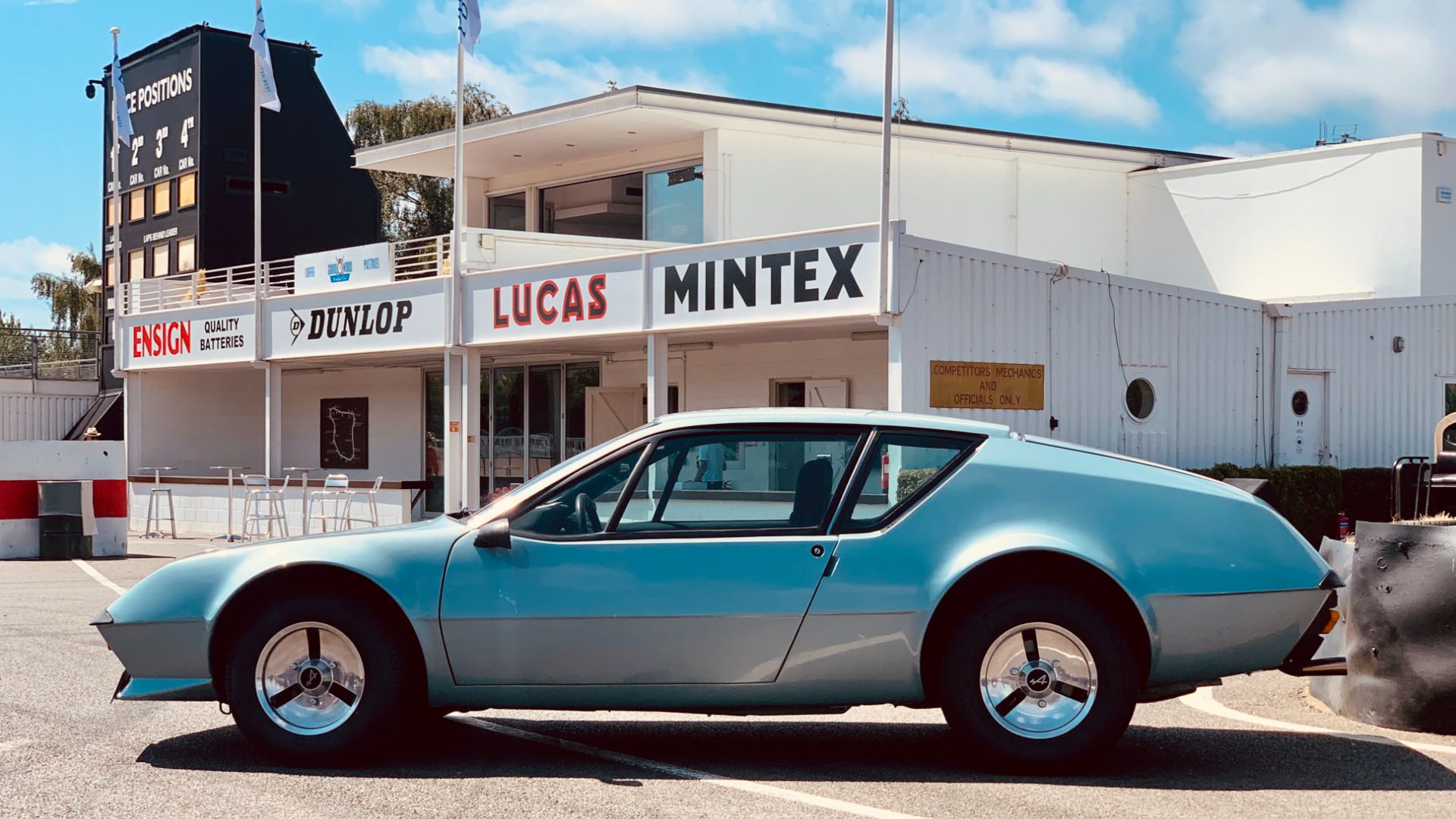
1978 Alpine A310 V6
© London ConcoursThe Alpine A310 followed the original A110, but thanks to a heavier body and no improvement in engine performance, it was generally thought of as underpowered. That all changed in 1976, with the Robert Opron-styled V6 model. Although sales were more than twice those of its four-cylinder predecessor, it remained a rare sight compared with its great rear-engined rival: the Porsche 911. Total production was just less than 9,300 cars.
This A310 V6 has covered 30,000km (18,000 miles) from new, and is one of four DeLorean-engined test cars with unique fuel injection. They were supplied to DeLorean in Northern Ireland to test the engine for the forthcoming new DMC-12.
-
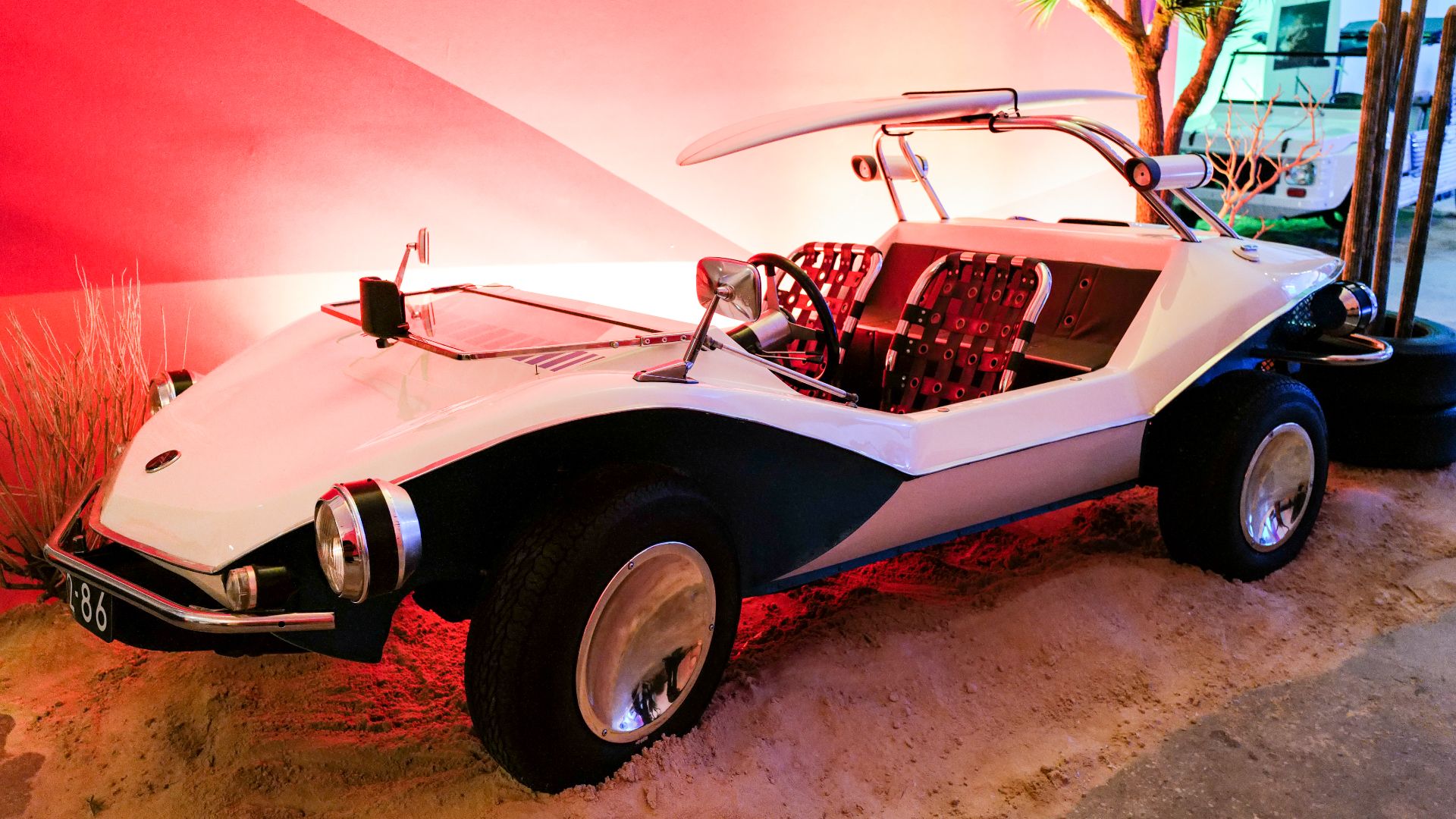
1971 Matra Beach Buggy by Bertone
© London ConcoursBy the end of the 1970s, beach buggies had become very popular in Europe, so Bertone enlisted Marcello Gandini to create the Matra Buggy. Based on a Simca 1200S Coupe, this one-off uses that car’s longitudinal rear-engined layout. The 85bhp 1.2-litre motor was mounted on a bespoke tubular steel frame, with bespoke disc wheels.
Bertone built a second prototype with Chrysler underpinnings, while Matra itself made two more.
-
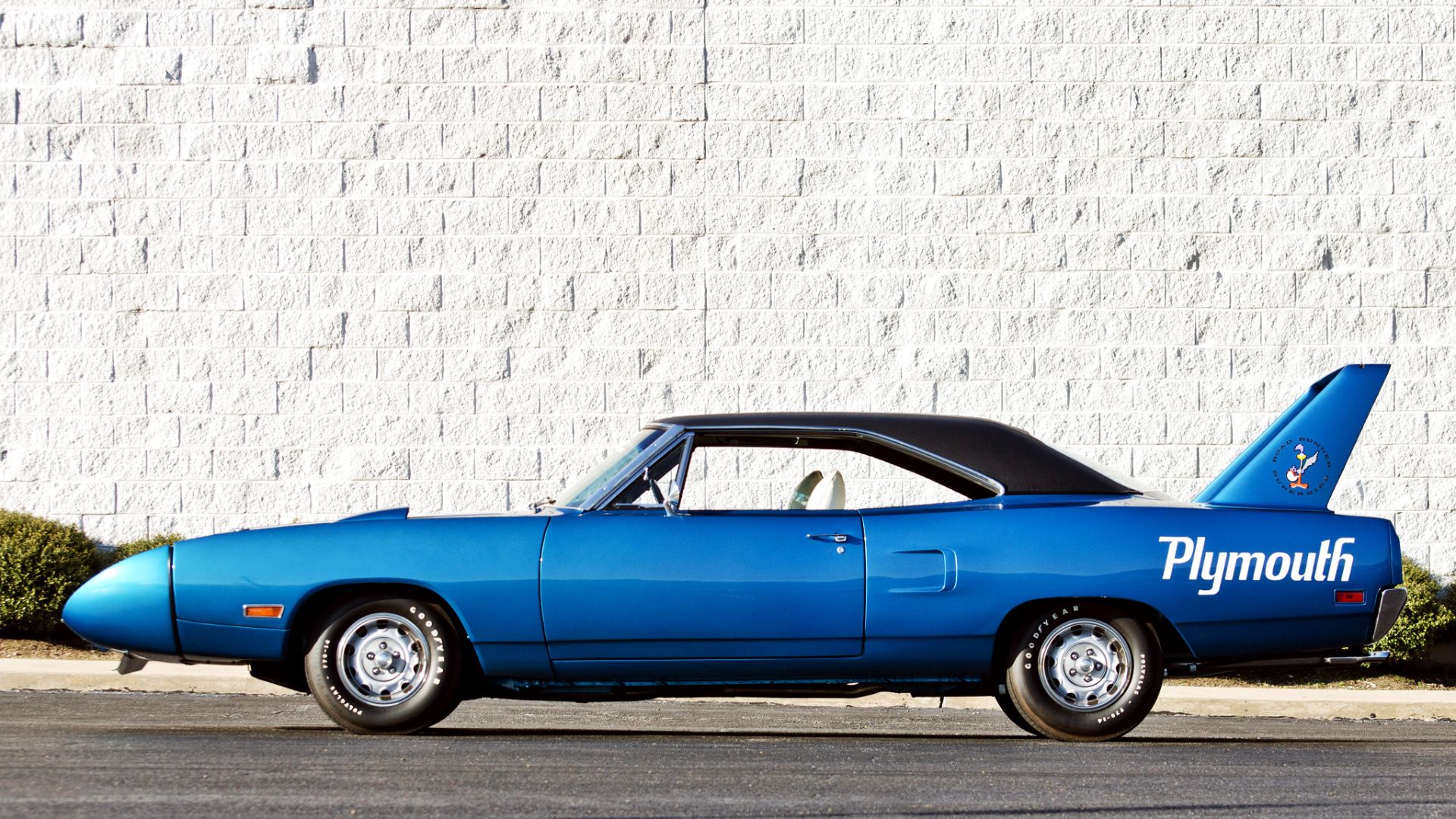
1970 Plymouth Superbird
© London ConcoursThe outrageous Plymouth Superbird was a NASCAR homologation special based on the Roadrunner. Its enhanced aerodynamics included a long ‘droop snoot’ nose and extremely tall rear wing to keep the car planted to the racing ovals at 200mph.
The car at London Concours (not pictured here) is number 1,122 and sports the 440ci V8 engine option, complete with a six-pack carburettor set-up.
-
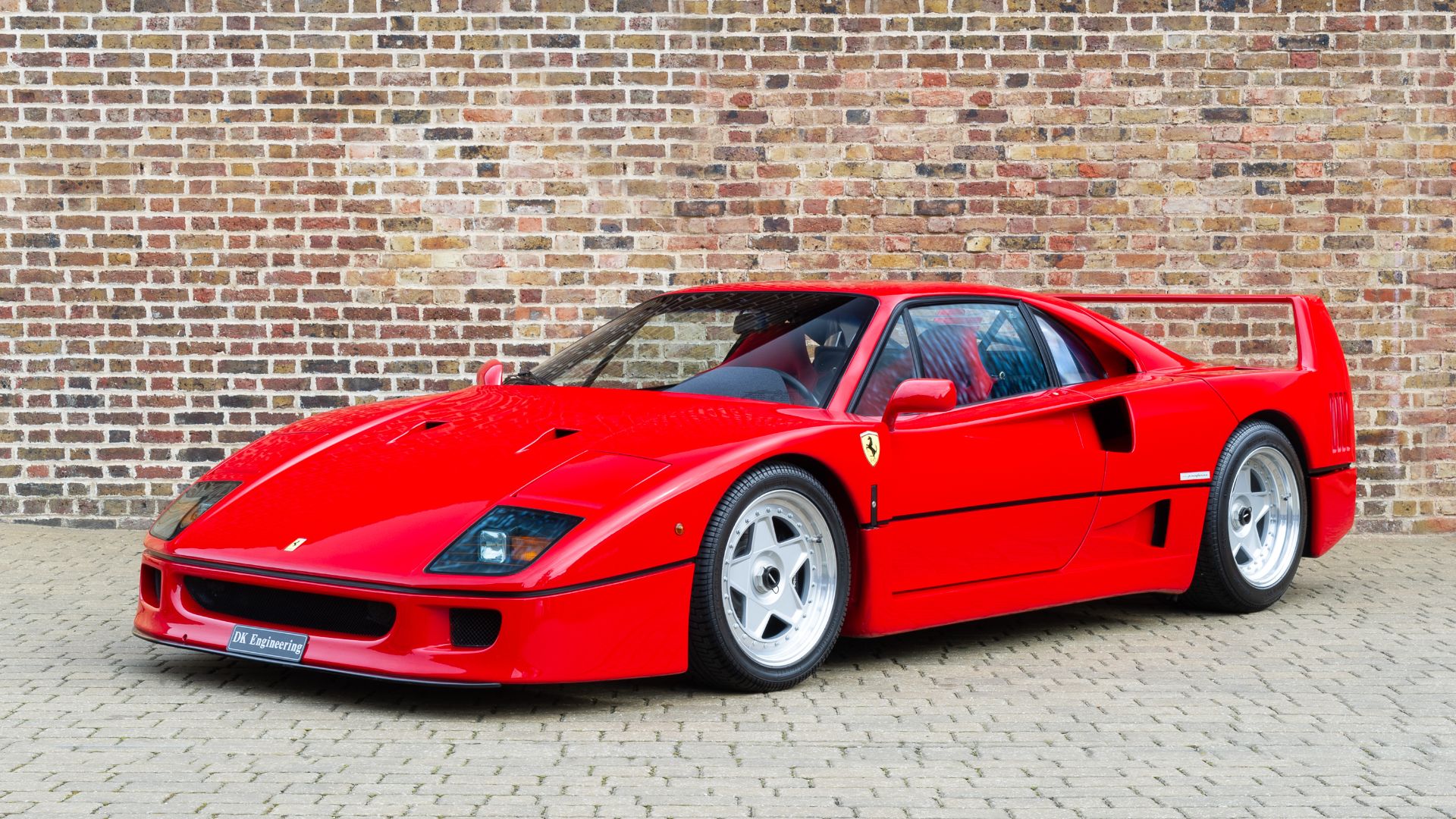
1991 Ferrari F40
© London ConcoursThis Ferrari F40 was originally delivered to Sir Stirling Moss in 1991. Its history file details correspondence between Moss and Enzo Ferrari, and later with Ferrari commercial director Mario Clava, where Sir Stirling’s frustration with its delayed delivery was evident.
Moss pointed out that he had raced 13 Ferraris, won in 11 of them, and came close to victories at Le Mans and Sebring. He went on to add: “It is rather disappointing that winning with Ferrari does not have the kudos of being a pop star.” He was referring to his friend Nick Mason, who had already taken delivery of two F40s – one for himself and one for Pink Floyd bandmate David Gilmour. The car has covered just 3,600 miles from new.
-
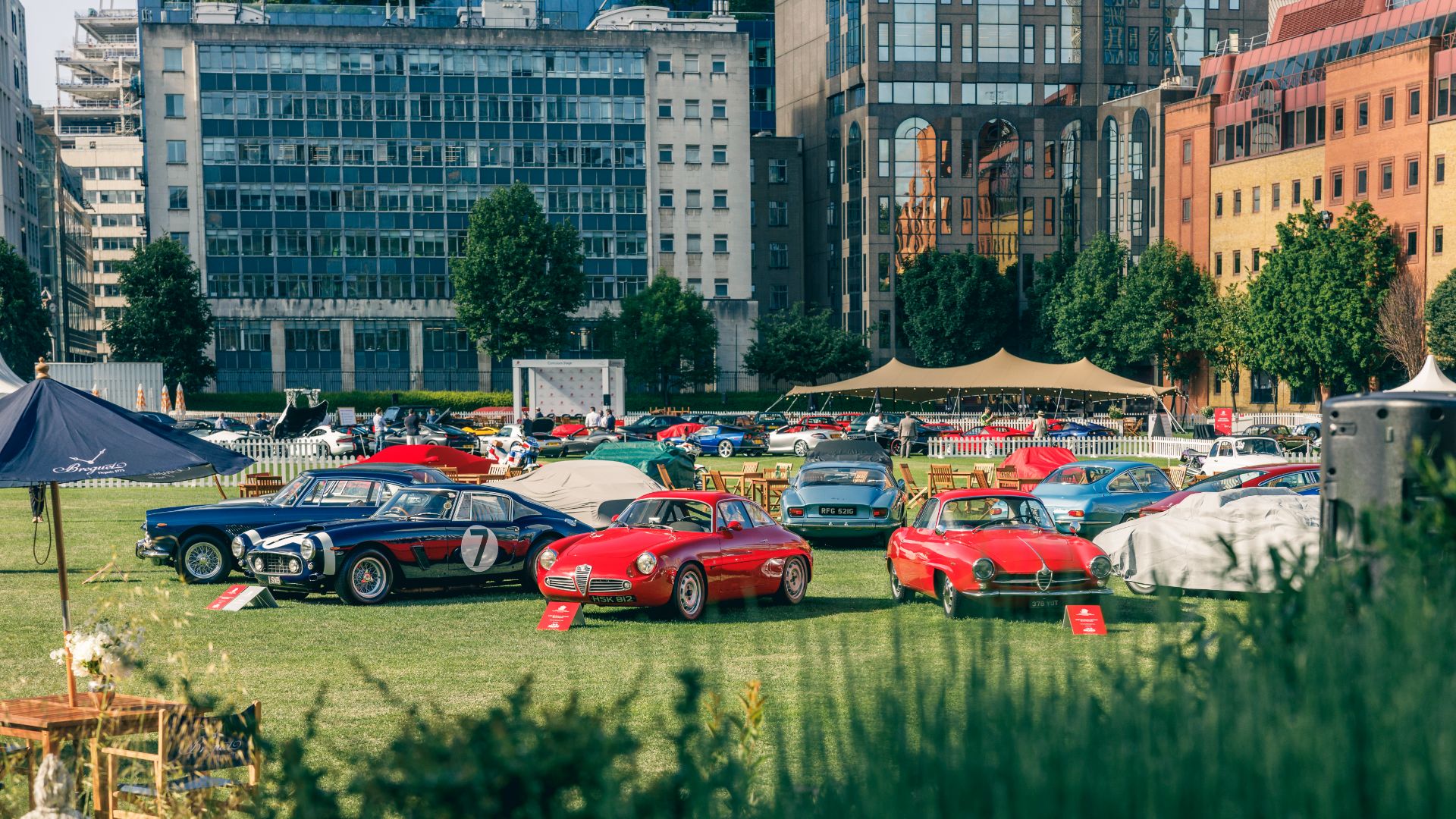
London Concours 2023
© London ConcoursFurther highlights at this seventh running of London Concours include a number of special displays. The event will celebrate the history of Land Rover and 60 years of Lamborghini, along with roadgoing homologation specials, French GT cars, the evolution of aerodynamics and much more. Whether you work in the city or are simply in London as a tourist, it’s definitely worth a visit.